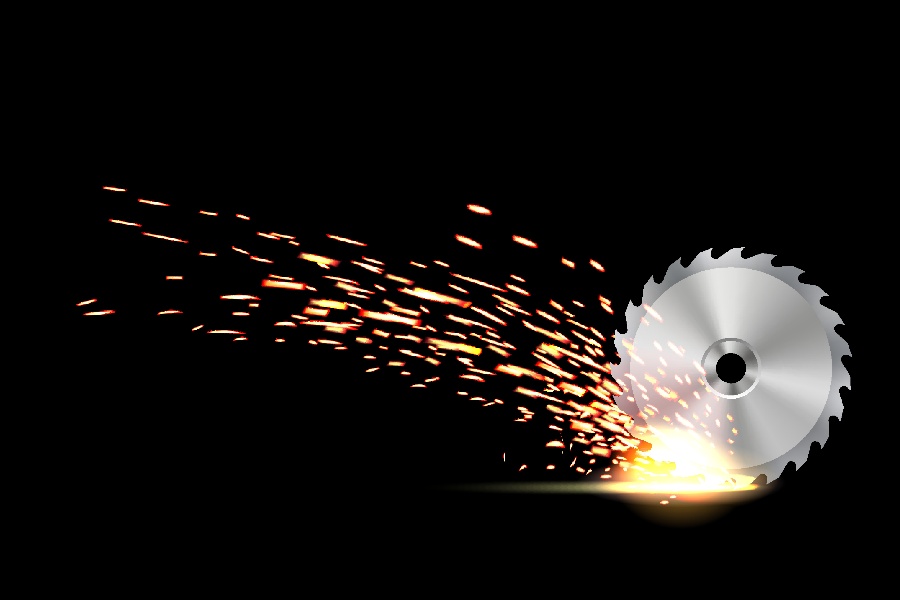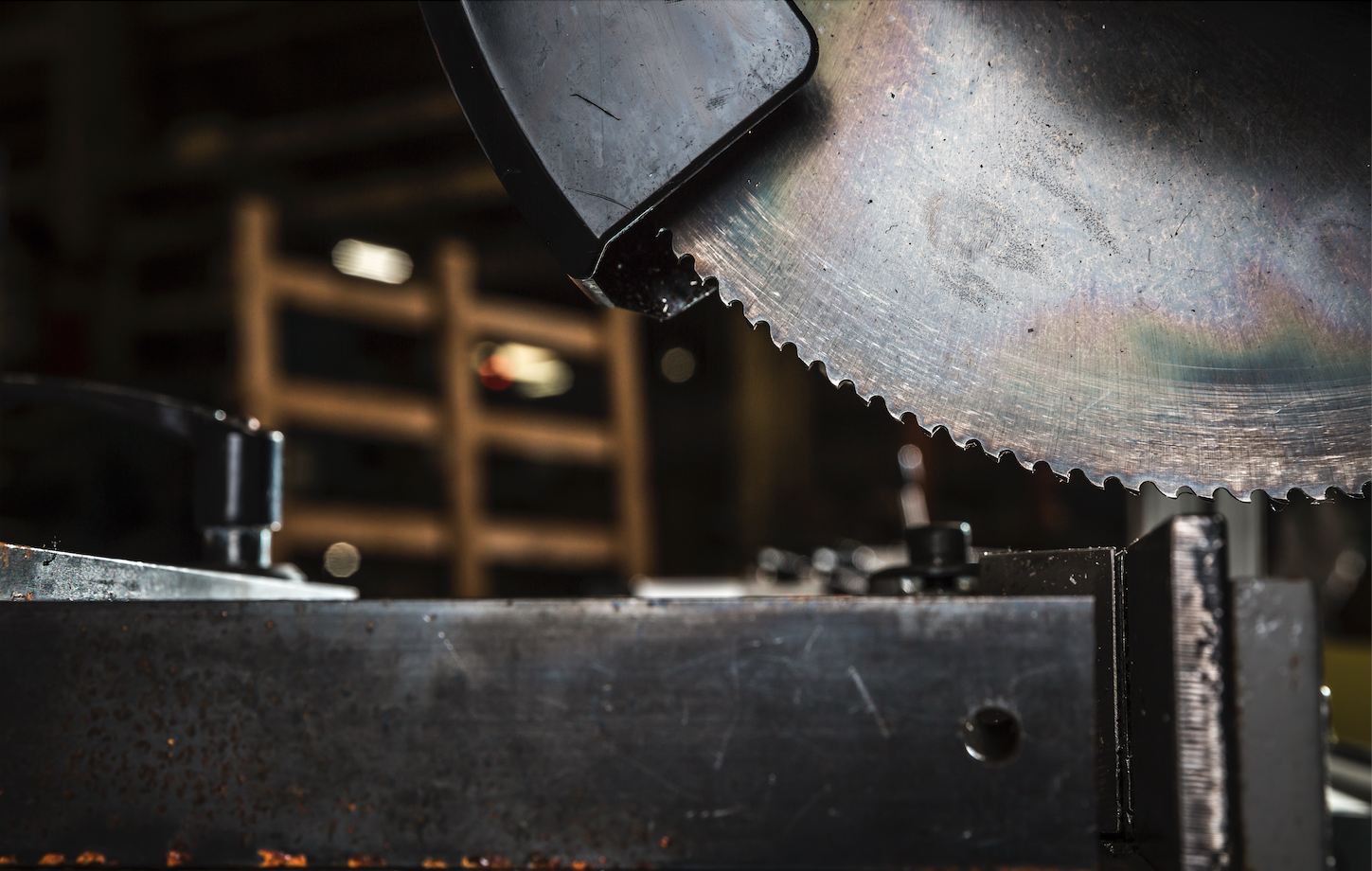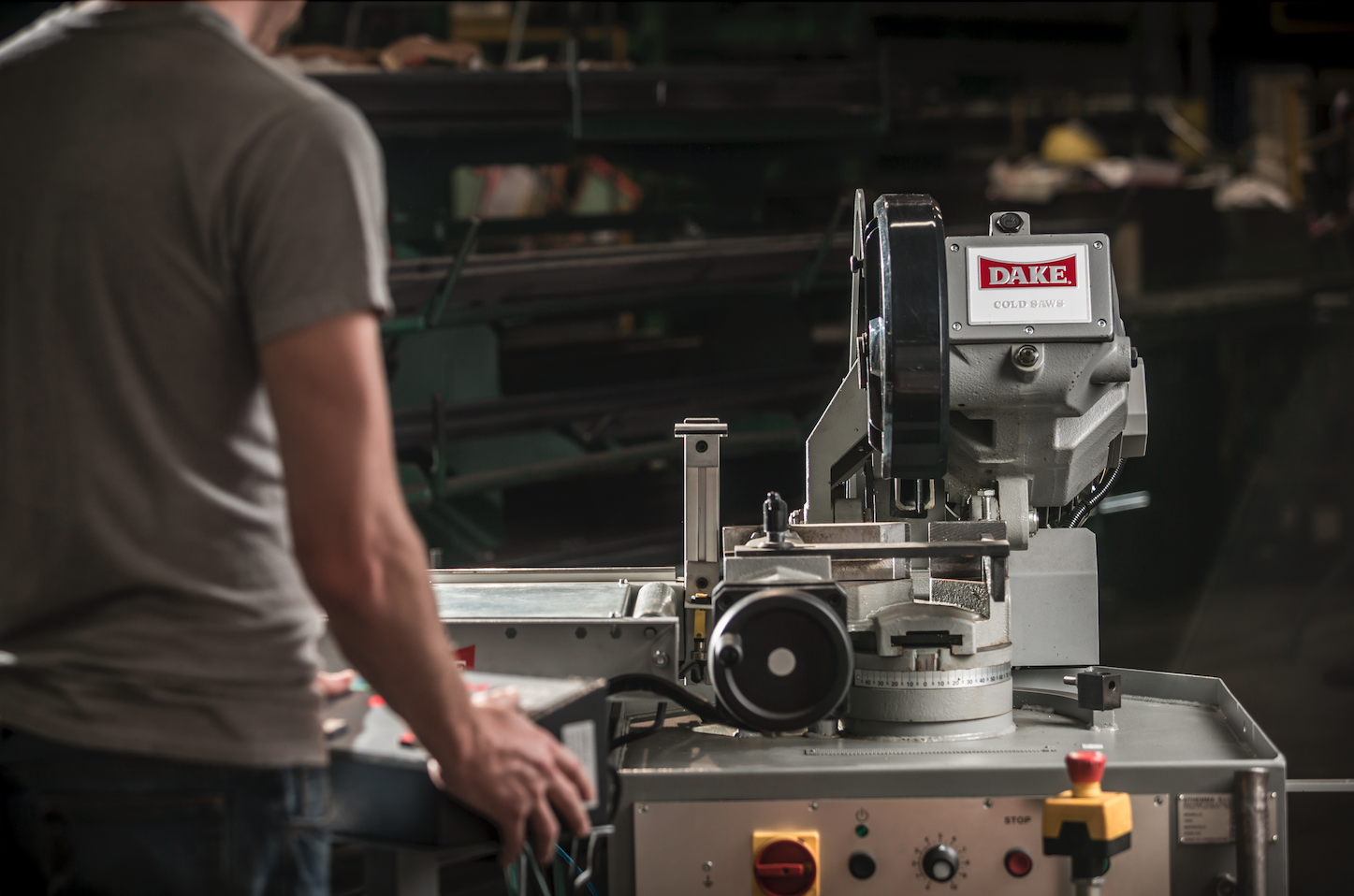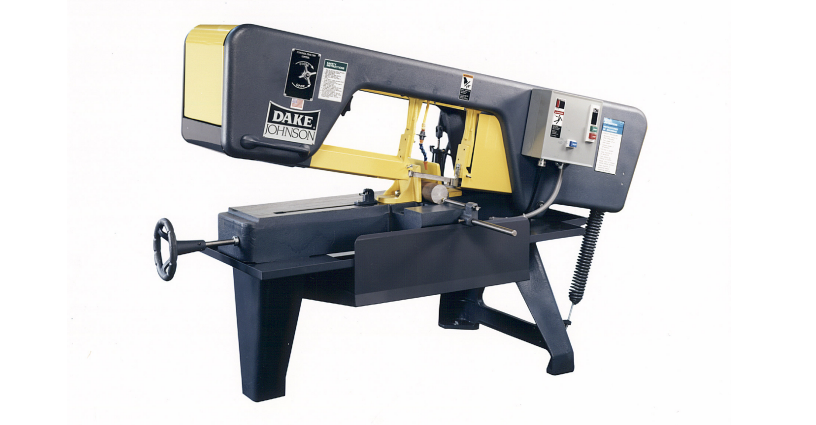Whether you prefer horizontal or vertical models, bandsaws are crucial machines for metalworking shops of any size.
Knowing how to use one of these speedy cutters is one thing, but understanding the dynamics of materials is another thing entirely. Once you have a comprehensive understanding of the characteristics and sizes of metals, you will be able to optimize your sawing process to prolong the lifespan of the blade.
In this handy guide, we will go over the properties of the most commonly used materials in sawing to help you make the most of your bandsaw blades.
Soft Metals
Just because a particular metal is classified as a soft material, that doesn’t mean that it’s easy to cut. Soft metals that are most commonly used in metalworking are aluminum, carbon steel, and copper. While they are not as tough as hard metals, they sometimes have a tendency to overload the tooth gullet of the bandsaw blade, which causes excessive wear and tear. If this issue is ignored, it can even result in stripping of the blade’s teeth.
When metal shavings gum up the blade’s teeth, it prevents the entire tooth from slicing through the metal. Putting all of the cutting force onto the tips of the teeth will quickly dull the blade.
So, how can you avoid this issue? Our experts here at Dake recommend that you follow the general rule of using blades that put 3 to 14 teeth at a time into the soft metal material. Staying between these numbers will give the working teeth enough time to cut and release chips before the shavings get stuck. We also recommend a coarse blade instead of a fine one.
Hard Metals
Hard metals are generally thought of as difficult to cut compared to soft metals. However, this isn’t because of gumming issues. Classified as any metal comprised of iron, these materials produce much finer chips than soft metals. The issue with these is that they are so hard that it is difficult for the teeth to cut through.
Our experts recommend choosing a fine-toothed bandsaw blade. These have more teeth that will engage with the material during the cutting process. If you use a coarser blade, the teeth will become dull relatively quickly because there aren’t enough of them to saw through the material.
Exotic Metals
Sometimes specialty projects require exotic metals that are commonly seen in the metalworking world. These include cobalt, nickel, platinum, titanium, tungsten, and more. Titanium seems to be the most popular exotic metal due to its superior strength, resistance to saltwater, and shiny silver finish. To saw through exotic materials like titanium, you need to understand its properties and consider the size just like which soft and hard metals.
Choosing a Tooth Pitch
When considering which tooth pitch to use, you’ll need to have a well-rounded understanding of metal sizes. In this case, size does matter. Smaller pieces should generally be cut with a finer tooth pitch, and larger or bundled pieces typically require a coarse tooth pitch. Making sure that the speeds and feeds are properly adjusted is also important in maintaining the health of your blades.
Choosing a Bandsaw
Here at Dake, we offer two different bandsaw styles including vertical and horizontal models. The main difference between the two styles is the direction of the blade. The horizontal bandsaw moves the blade in a horizontal motion, making downward cuts along the way. On the other hand, the vertical bandsaw is more of a hands-on machine that pushes the blade towards the operator.
Another key difference is the types of metals you can cut. We highly recommend horizontal bandsaws for hard metals and vertical models for soft metals. If you would like a more in-depth explanation of the differences between the two styles, check out our recent blog post here.
Horizontal Bandsaws
Currently, we offer five different types of horizontal bandsaws here at Dake. These include the following styles:
- Benchtop Mitering
- Standard Duty
- Heavy Duty
- Stationary Mitering
- Dual Mitering
The most compact models that are easy to transport to job sites are the two available Benchtop Mitering Bandsaws. Used for cutting metal tubes, flats, and rounds, these machines are powered by a 110V motor that generates 2 to 2.5 hp. They have 2 or more cutting speeds and the ability to miter at 0°-45°.
For wet or dry cutting operations, we recommend one of the two available Standard Duty Bandsaws. Both come with a chip brush blade cleaner, so you can easily shavings from soft metals.
If you need something stronger, we also carry two Heavy Duty models. These both have a four-speed drive, 16-inch blade wheels, and 45° swivel vise jaws to keep the material in place. They can even accommodate larger pieces of hard metal for bigger projects.
For constant speed control and the ability to perform right mitering at 60°, we recommend one of our three available Stationary Mitering bandsaws. These come in three different sizes and are equipped with a Bi-metal blade.
Finally, we have the upcoming Dual Mitering model that will be available in December 2020. Featuring a DC motor with no belt and four casters to move the machine wherever you need, this semi-automatic down feed model will be the perfect addition to your shop.
Vertical Bandsaws
As far as vertical models go, we offer four unique styles. These include:
- 14-10 Series
- Industrial
- Trademaster
- Work-A-Matic
The most affordable vertical bandsaw is the 14-10 Series. Designed for fast blade changes and high performance, you can cut many types of metal with this machine.
If you are looking for a machine that serves as a welder, grinder, and cutter, you should take a peek at one of our three Industrial Bandsaws. Each model allows you to select your desired speed and pitch for the perfect cut every time.
Featuring a tilt-table combination, a chip blower, and a variable speed of 50 to 500 feet per minute, the Trademaster is a solid pick for busy workshops.
Finally, the Work-A-Matic model is perfect for multitaskers. Using a gravity feed, this bandsaw doesn’t need you to be hands-on.
To find out more about metalworking machines and sawing metals, get in touch with our experts today.
-1.jpg?width=1200&height=525&name=DAKE003_%20Logos_Red%20(002)-1.jpg)



